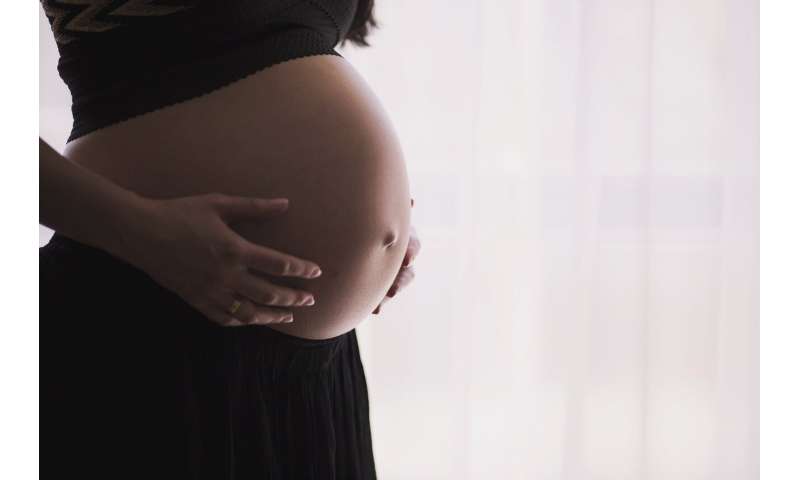
Scientists have found that disruptions to the metabolism of lipids occur after childbirth in women with gestational diabetes who go on to develop type 2 diabetes.
Their results, published today in eLife, suggest that specific lipids—molecules that make up the building blocks of living cells, store energy and can serve as cellular messengers—could help to predict the progression from gestational to type 2 diabetes in women who have just given birth. The findings may one day help physicians identify those at risk of developing type 2 diabetes after a pregnancy and ensure they receive preventive care.
Gestational diabetes is a complication that affects between 1-14% of pregnant women. It occurs when a pregnant woman is unable to produce enough of a hormone called insulin and, if untreated, can lead to dangerously high blood sugar. While most women recover after childbirth, more than a third will develop type 2 diabetes within 10 years, but scientists do not yet understand why. “It is critical to uncover the underlying metabolic changes that cause women to develop type 2 diabetes so that we can identify and start preventing more of these cases,” says lead author Mi Lai, Postdoctoral Research Fellow at the University of Toronto, Canada.
To do this, Lai and her colleagues analyzed more than 1,000 different lipids found in fasting blood plasma samples collected from 350 women with gestational diabetes between six to nine weeks after their delivery. Of these women, 171 went on to develop type 2 diabetes within the next eight years and 179 did not. The analysis identified 311 lipids associated with a higher risk of developing diabetes and 70 associated with a lower risk.
The team found that dyslipidemia after childbirth, where an abnormal amount of lipids occur in the blood, is enabled by an increase in the metabolism of glycerolipid—which activates lipid storage in the body—and the suppression of two other types of lipid called phospholipids and sphingolipids.
“There appears to be an increase in the formation of fat prior to the onset of type 2 diabetes,” explains co-senior author Feihan Dai, a research scientist of physiology at the University of Toronto. “This process shifts metabolites towards triacylglycerol formation and away from phospholipids and sphingolipids, and this might be the driving force of the onset of the disease.”
Additionally, the team showed that testing women for changes in a set of 11 lipids could help predict which women would go on to develop type 2 diabetes. Combining this lipid panel with two routine postpartum tests for blood sugar levels was even more effective at identifying which women would develop the condition.
Source: Read Full Article
